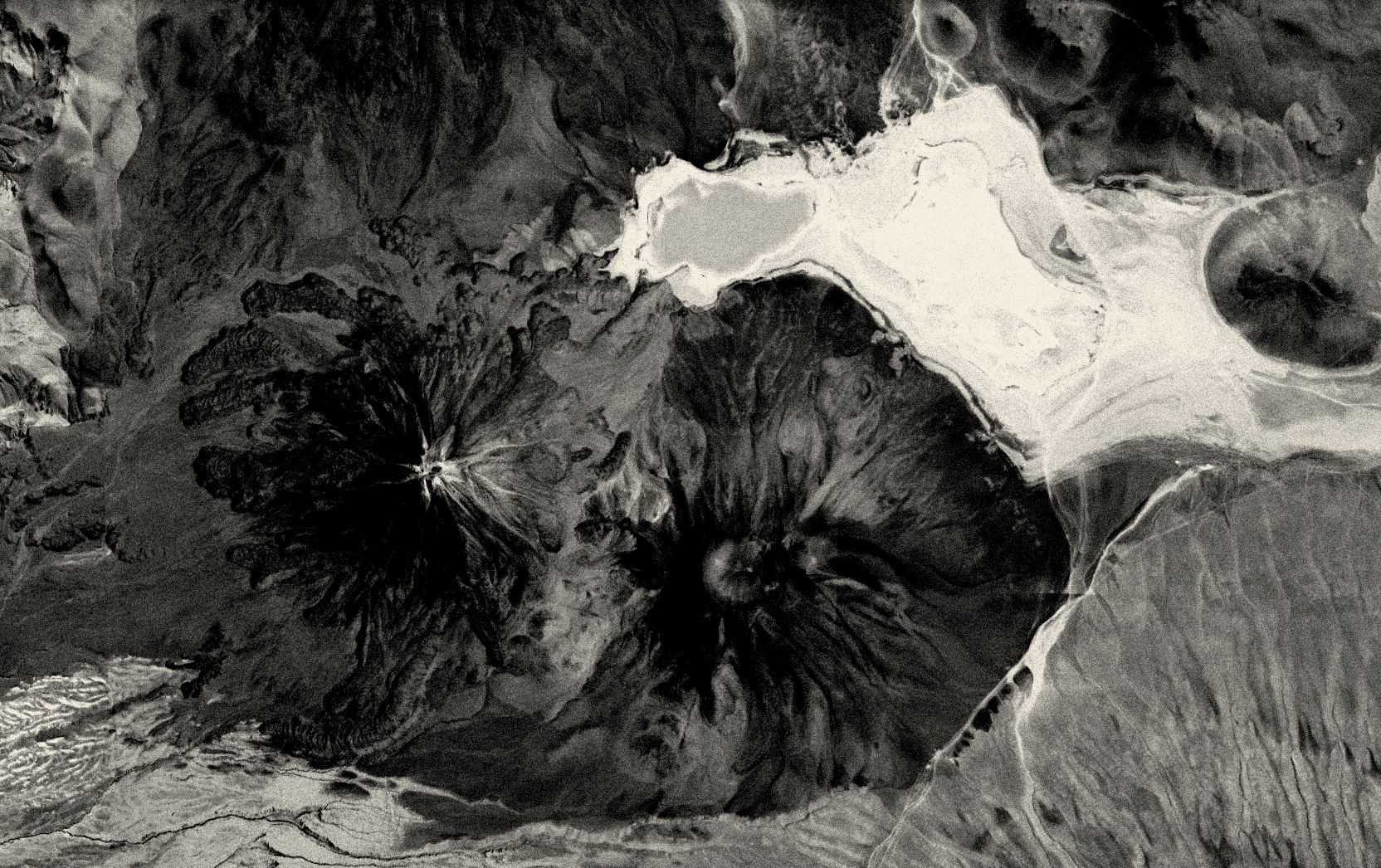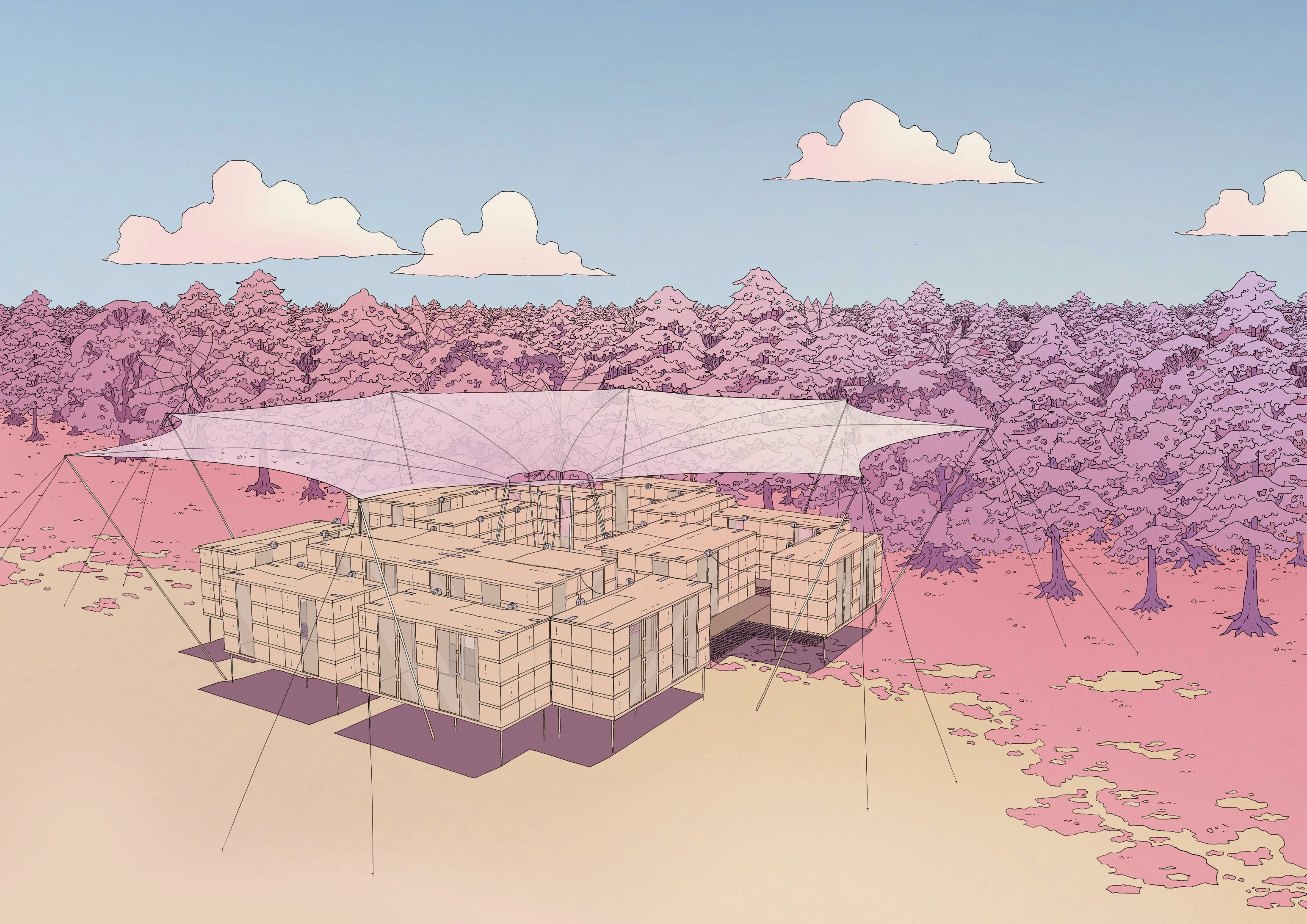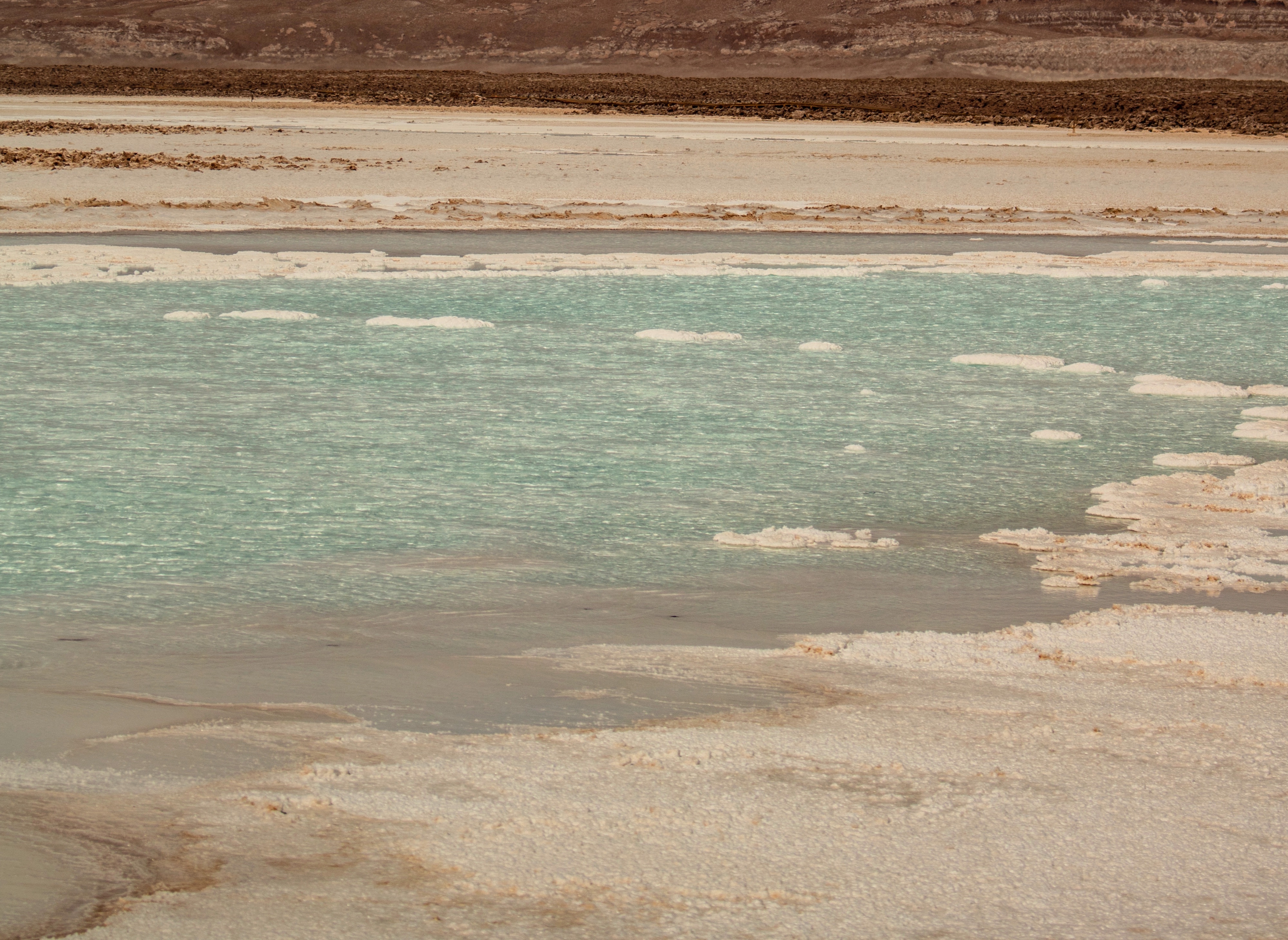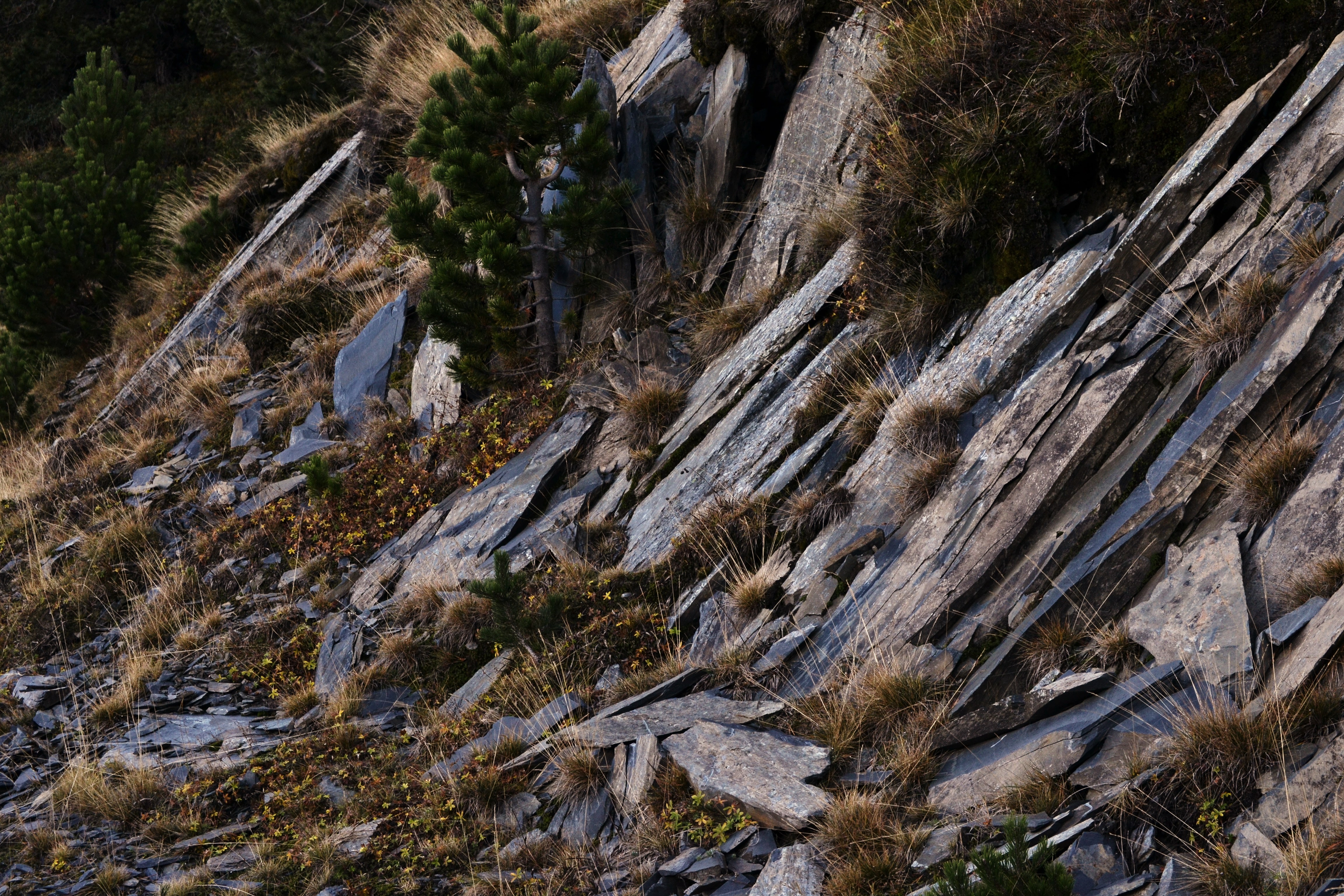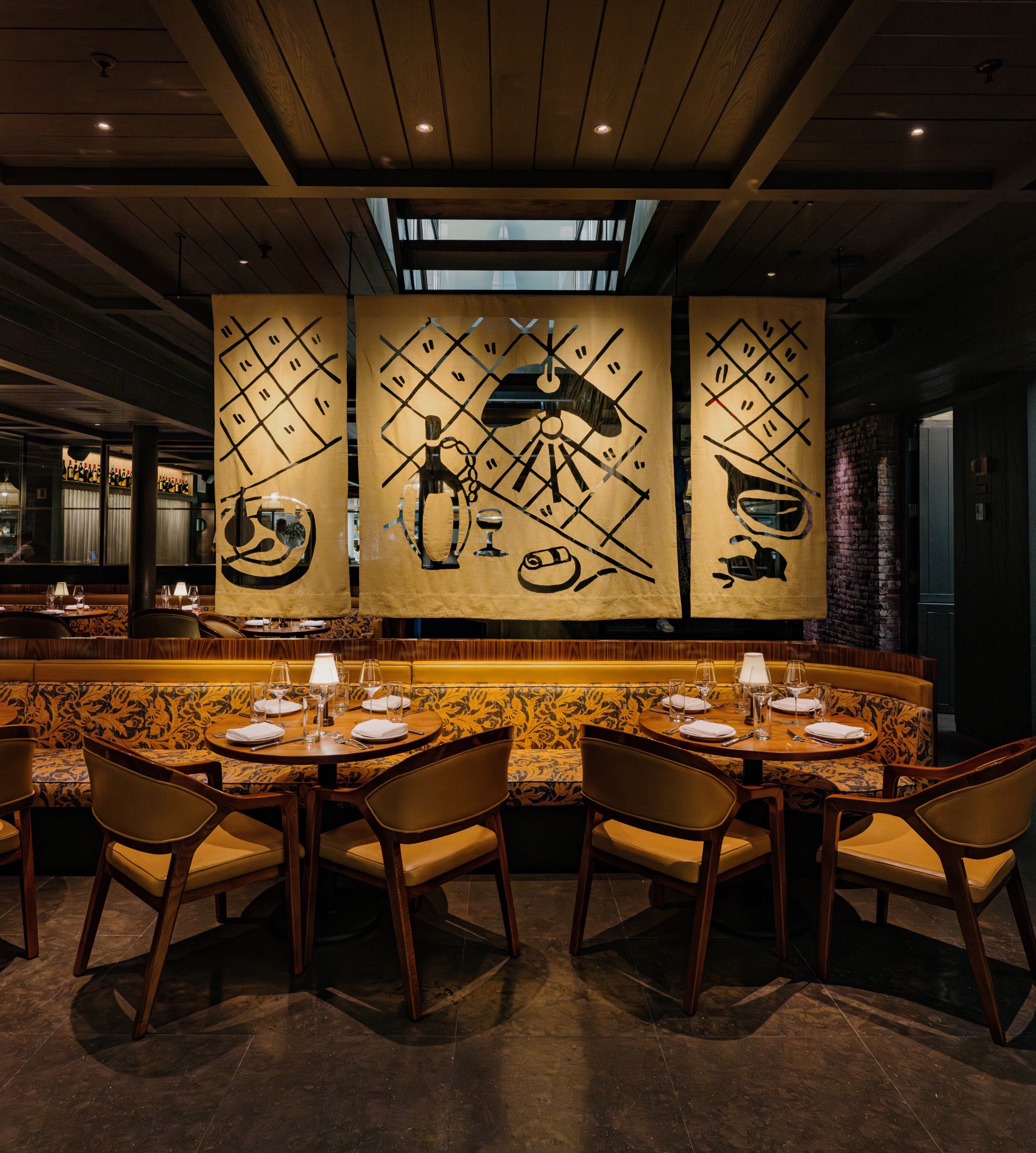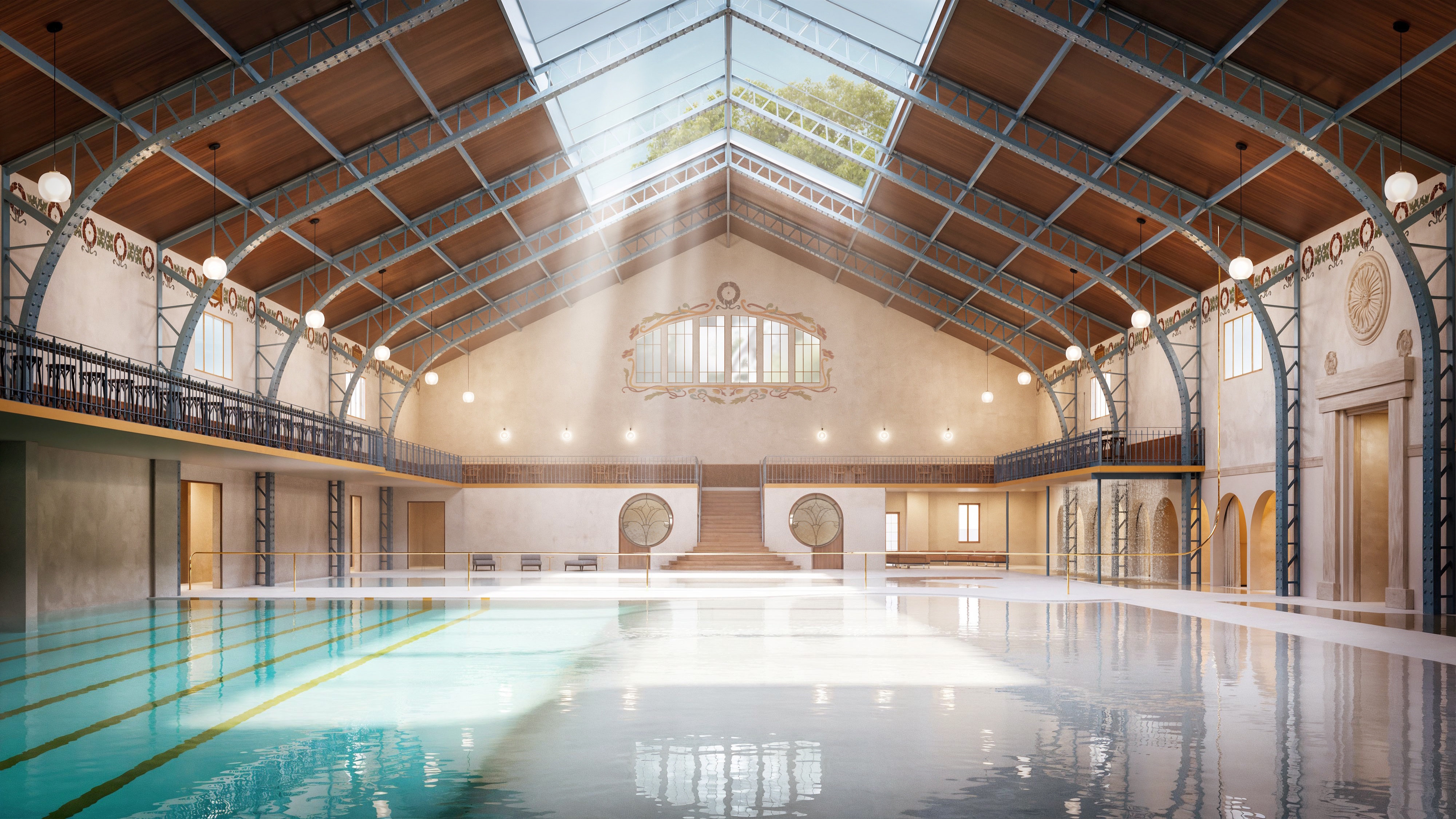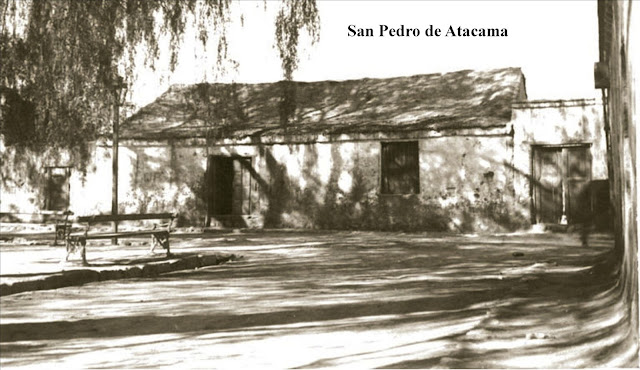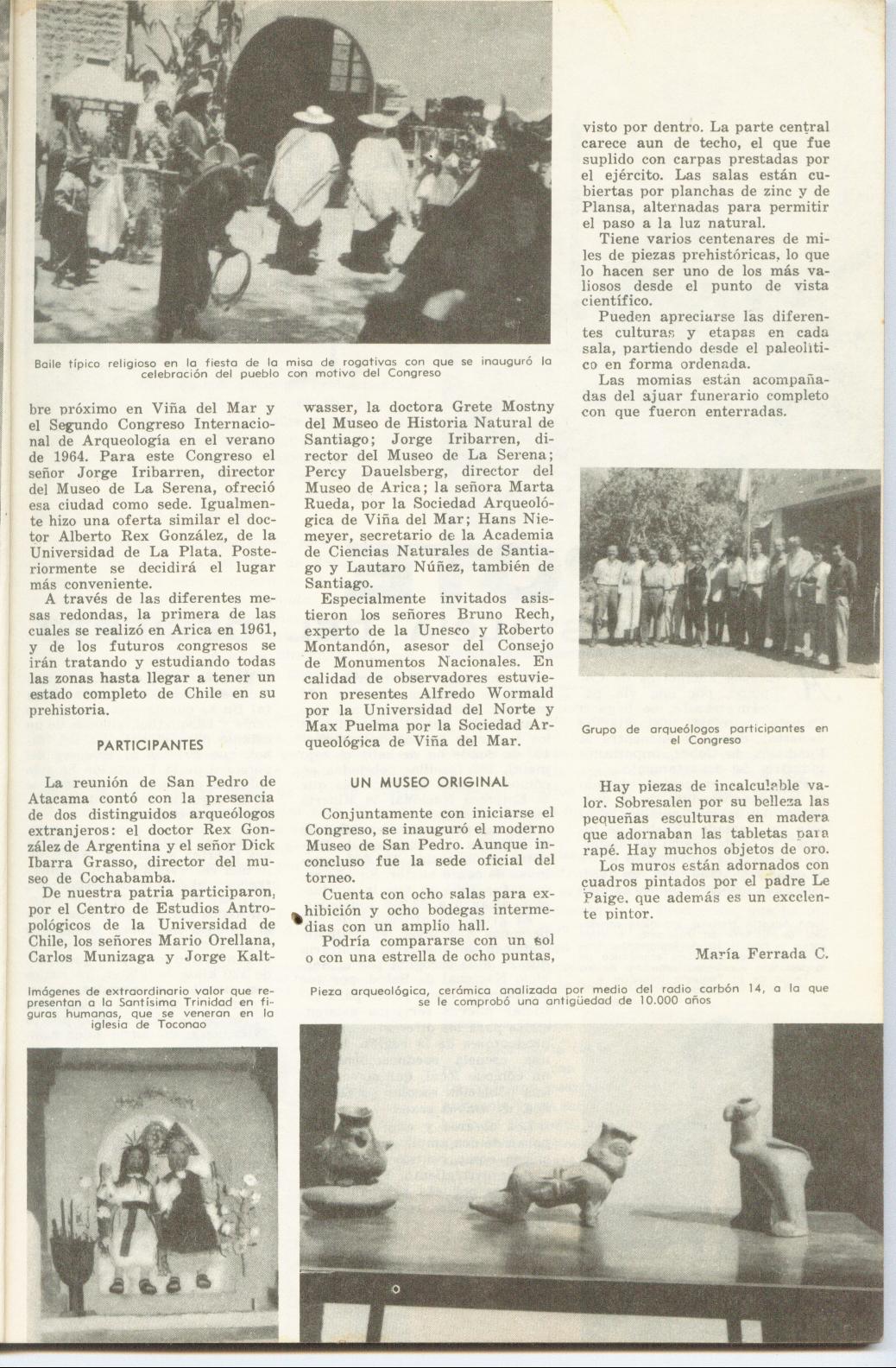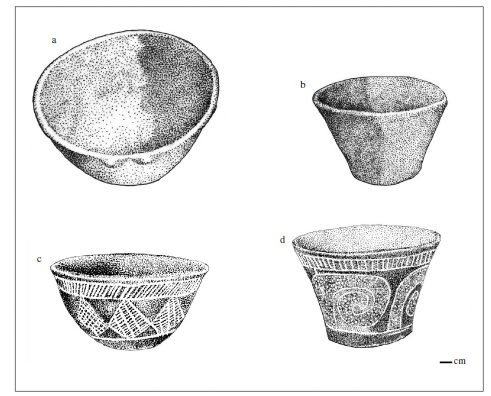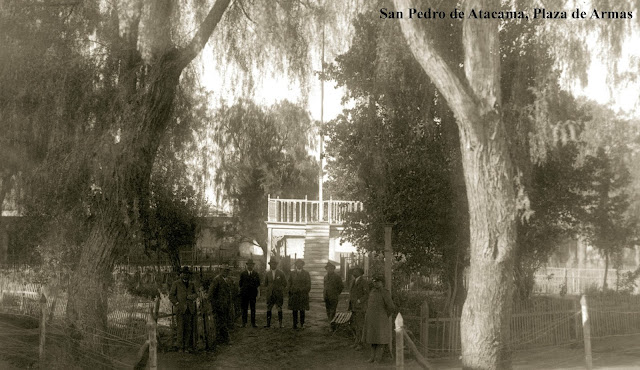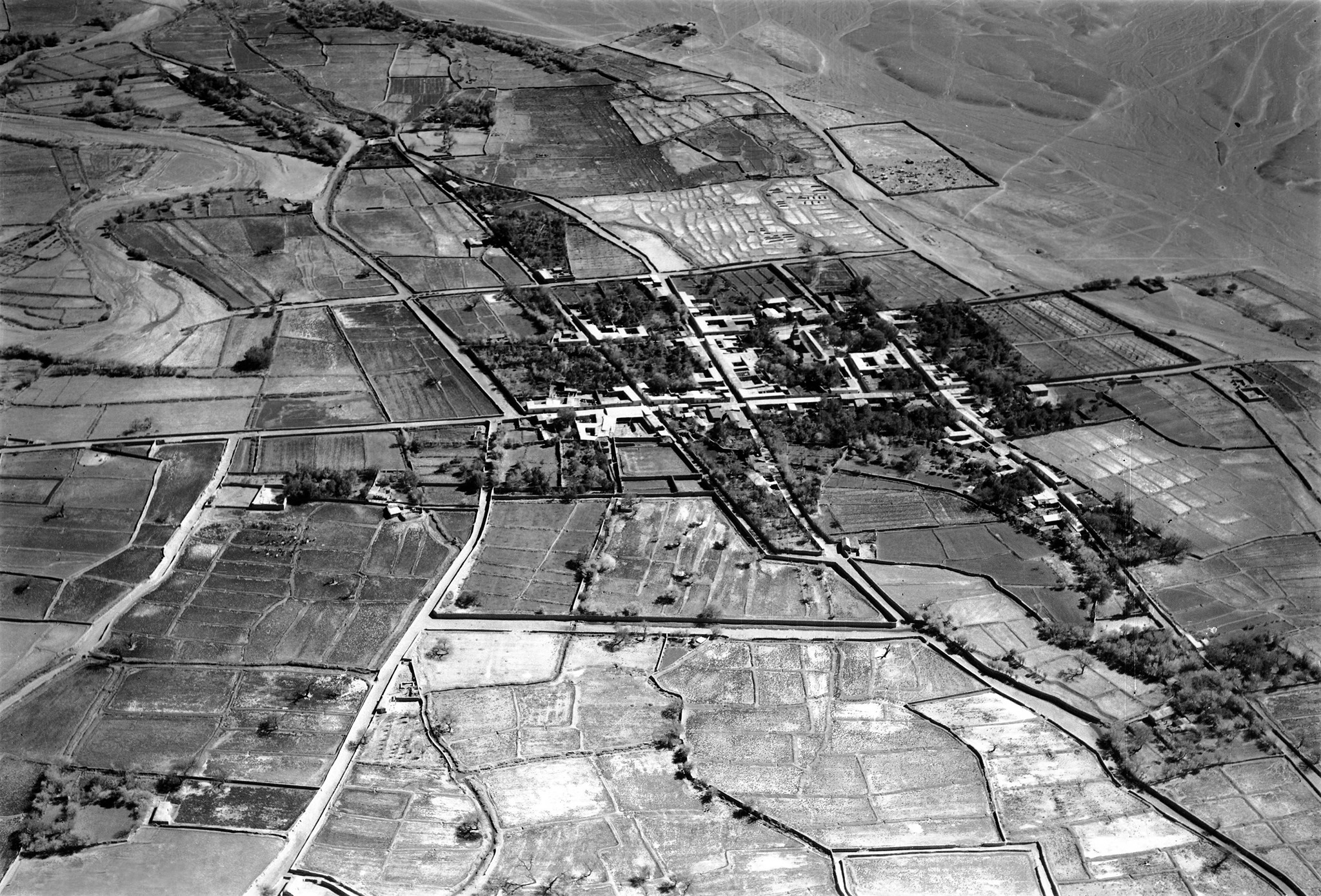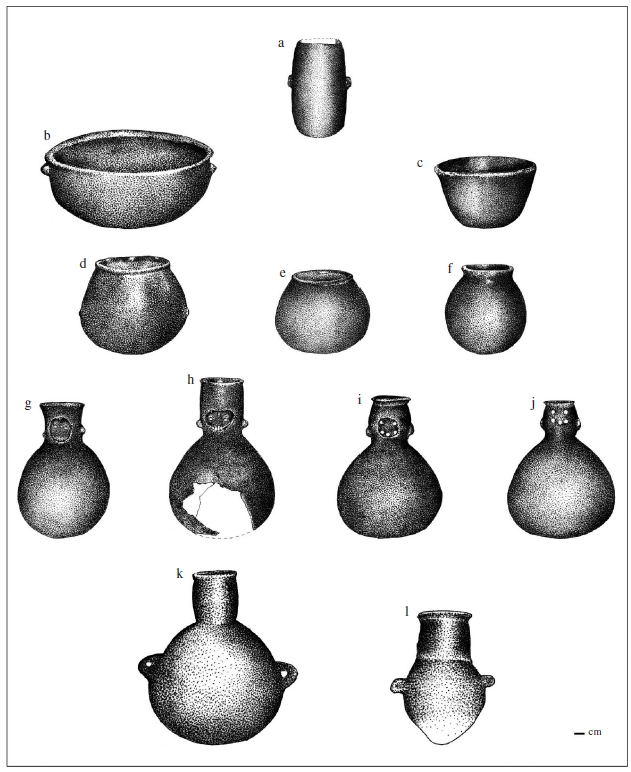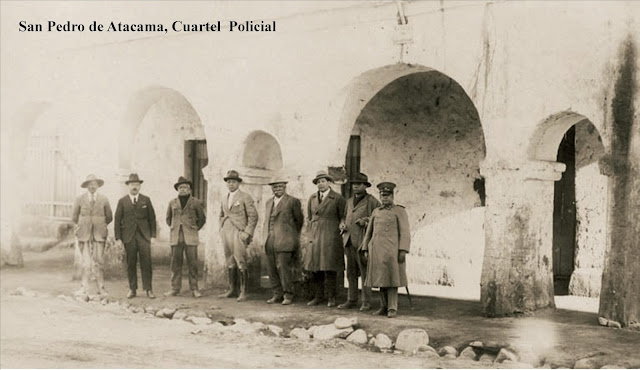
A desire to create differently.
Slowly, freely.
Not to impose a form,
but to enter into conversation with the space, the materials, and those who inhabit them.
To take the time to listen, to understand, to shape with intention. IS.ND is not a fixed studio.
It’s a living core.
A fluid collective that expands with each project, each affinity, each resonance between perspectives. We move with care, with precision —
but always with openness.
IS.ND is a space for creating with intention.
A shared ground for thinking, making, transmitting — in motion, in resonance, with care.

Sierra_3D 2_Genral View
Sierra_Site Pictures
Inspired by the northern region of Chile, home to the Atacama Desert renowned as one of the driest places on Earth, the Sierra tiny house seeks to address a major issue affecting the area: the exodus of local populations to Chile’s larger cities due to water scarcity. The concept behind the Sierra tiny house is to use architecture as a tool for preserving cultural diversity. Its aim is to tackle territory-related challenges in order to welcome individuals or families who might otherwise leave, thus helping to safeguard the culture and traditional knowledge tied to the region.
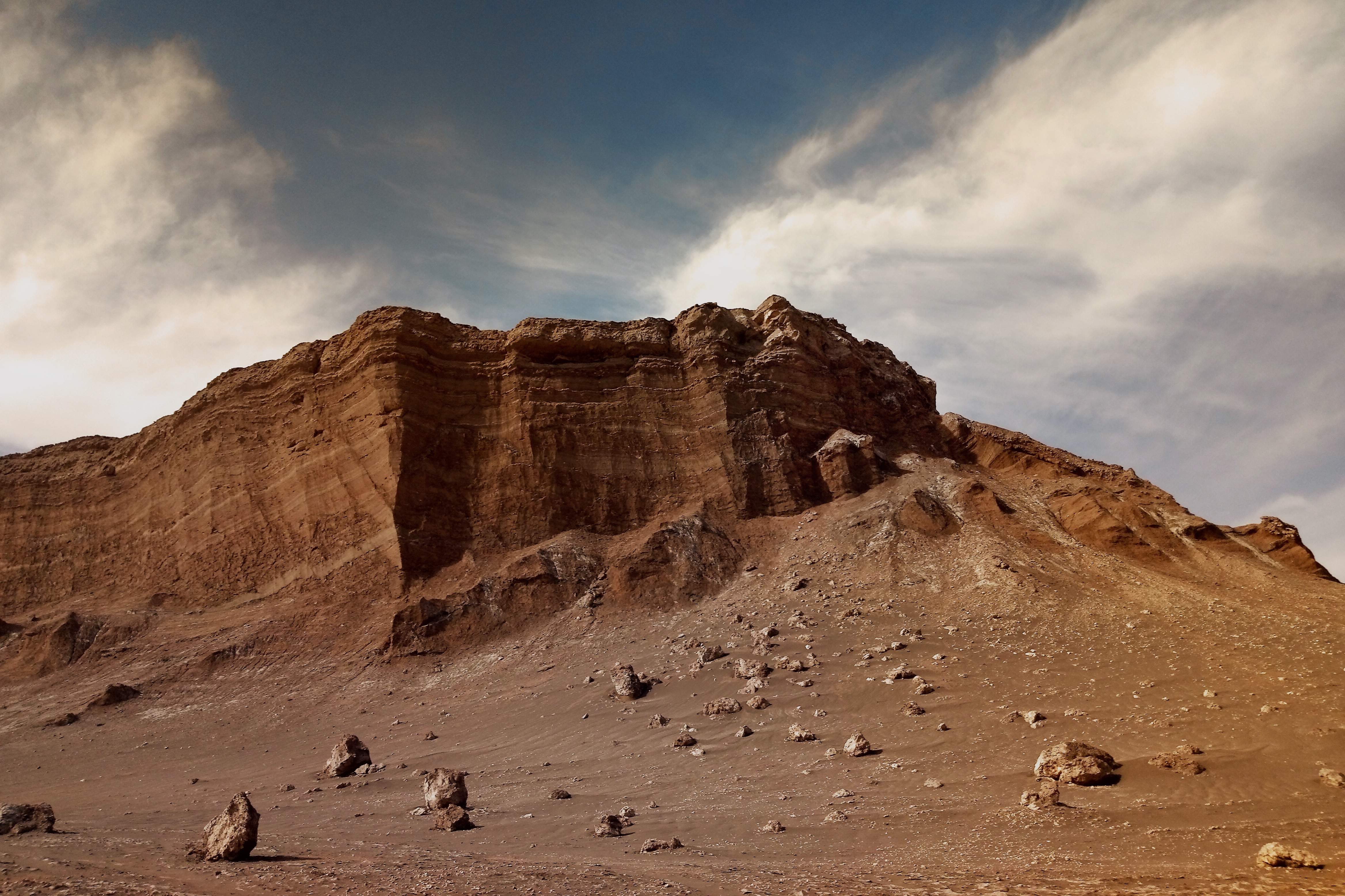

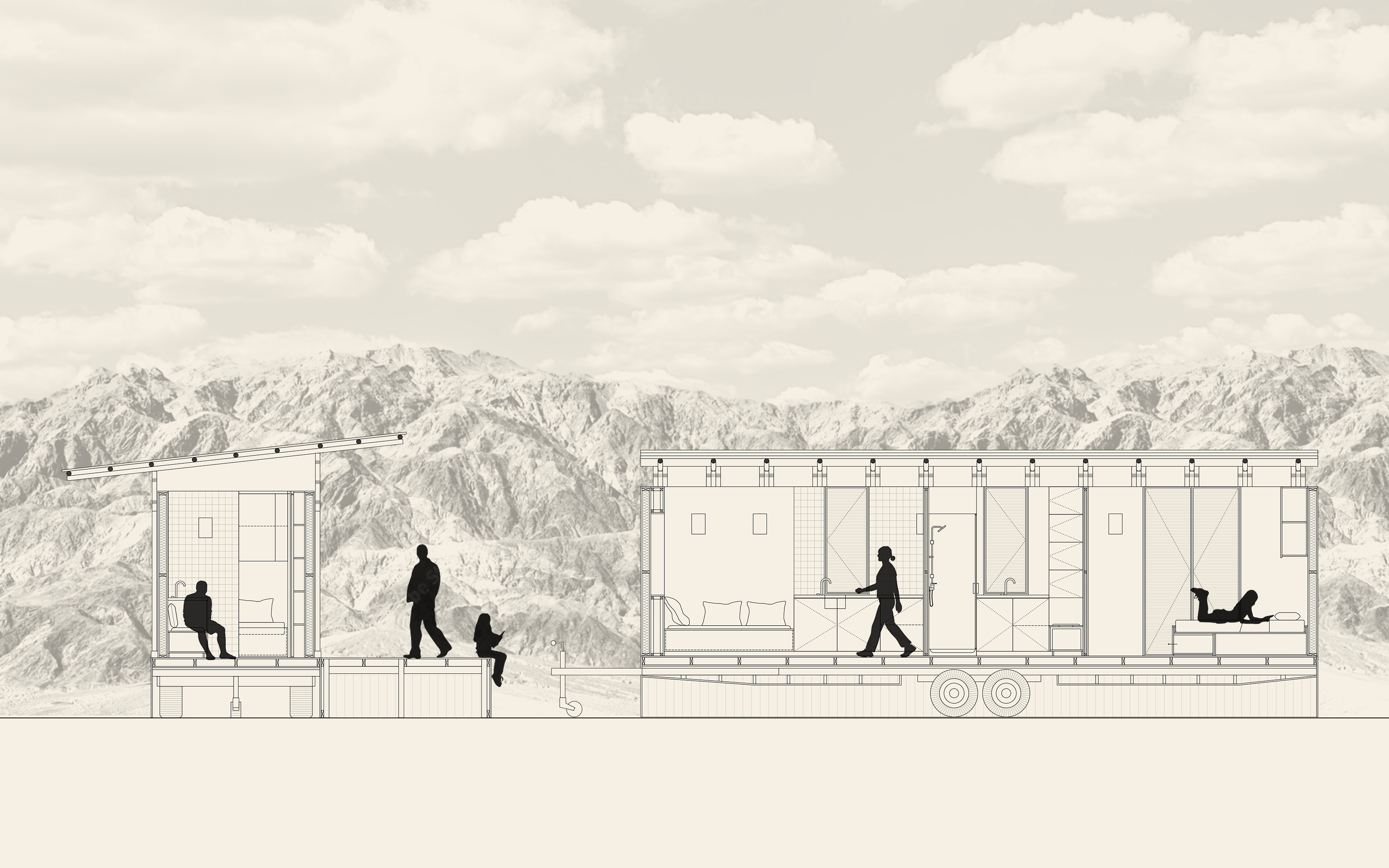
Sierra_Plans
The tiny house is often presented as a housing model that allows people to break free from the consumerist systems dominating the economic North. It embodies a return to essentials, a way of living with only what is truly necessary. For its residents, it is a deliberate choice, often driven by fatigue with societal pressures and the desire to follow a more ecological path. But could the tiny house also provide answers to social challenges? Could it make it possible to live with dignity on a limited budget, to shelter families unable to find housing elsewhere, or to respond to issues tied to the specific conditions of a territory? This is the very question that this project seeks to explore. The Sierra tiny house was conceived in response to the challenges facing northern Chile, where the Atacama Desert’s extreme aridity drives rural populations to abandon their villages for larger cities. This migration, largely caused by the scarcity of freshwater, provides a short-term solution but creates long-term difficulties. Young people—who sustain the regional economy through mining, agriculture, and livestock farming—are often the first to leave, leaving those who remain dependent on imported goods. Among the migrants are also Indigenous communities, whose departure threatens not only the survival of local populations but also the preservation of cultural identity, traditions, and ancestral knowledge.
Sierra_3D_Bedroom


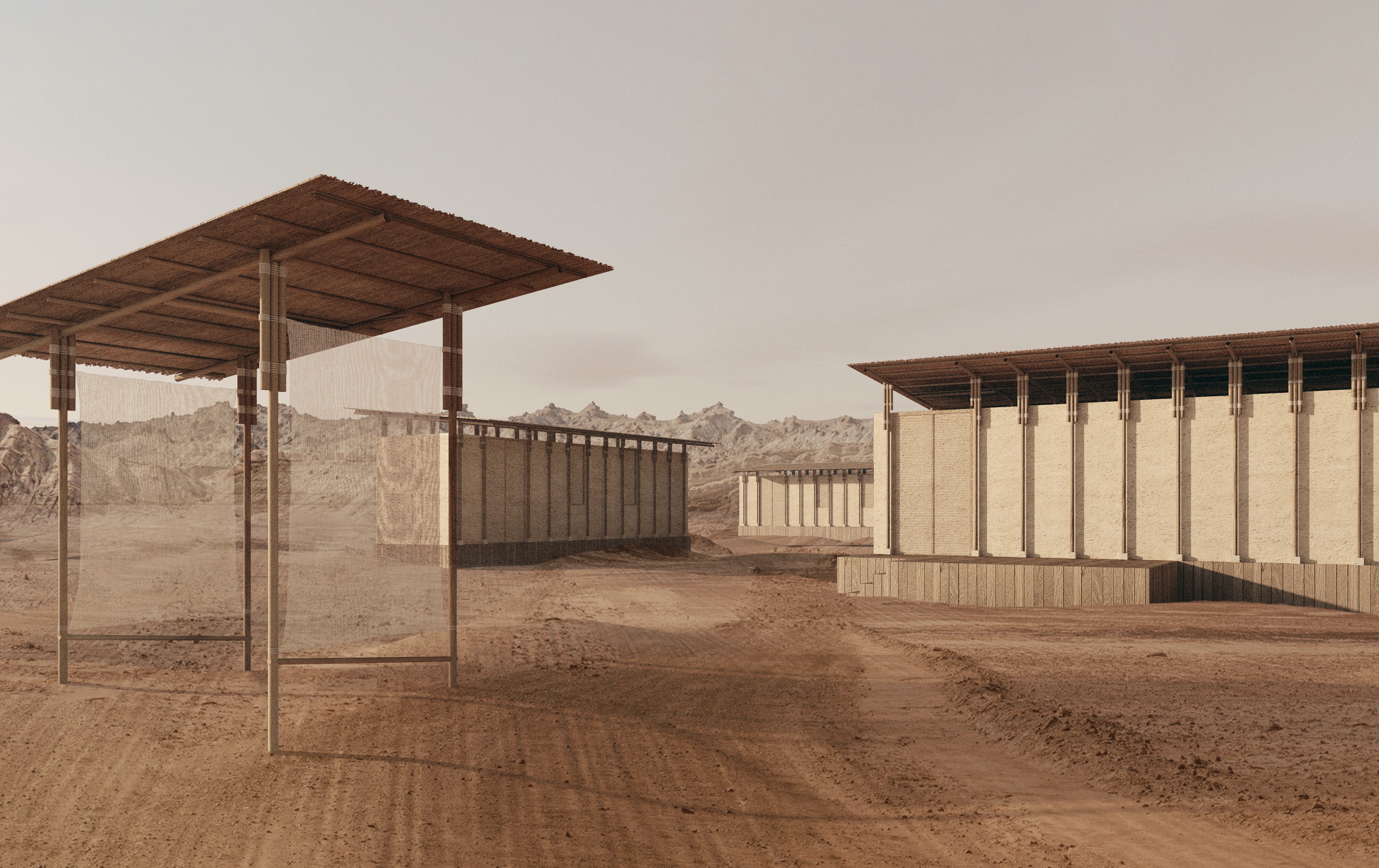
Sierra_Site Pictures
Cultural diversity, defined by UNESCO as “to humanity what biodiversity is to nature”, is increasingly threatened today by factors such as globalization, climate change, and the lack of accessible information. The Sierra tiny house proposes a different way of addressing this challenge : using architecture as a tool for preserving cultural diversity. It seeks to respond to territorial issues in order to welcome individuals or families who might otherwise leave, thus safeguarding the traditions and knowledge rooted in the region. At the same time, it serves as a means of raising awareness about a topic that often struggles to gain visibility. Given Chile’s permissive regulations regarding the installation of tiny houses, Sierra is imagined as a dwelling unit capable of multiplying and assembling into clusters, forming mobile villages that leave no trace on the land. This approach would make it possible to inhabit zones that are otherwise completely uninhabitable, such as desert areas. The project takes its name from the mountain ranges bordering the Atacama Desert, which mark the Chilean frontier. Sierra, meaning “mountain range” in Spanish, was the primary source of inspiration for both the spatial design and material choices. Drawing from its surroundings, the house reflects the grandeur of the landscape that hosts it. Its architecture is conceived to create pure, simple spaces, inviting a sense of well-being over time. The result is a sensitive environment that frames natural vistas, blurs the boundaries between indoors and outdoors, and offers a way of life stripped of excess.
Sierra_Site Pictures
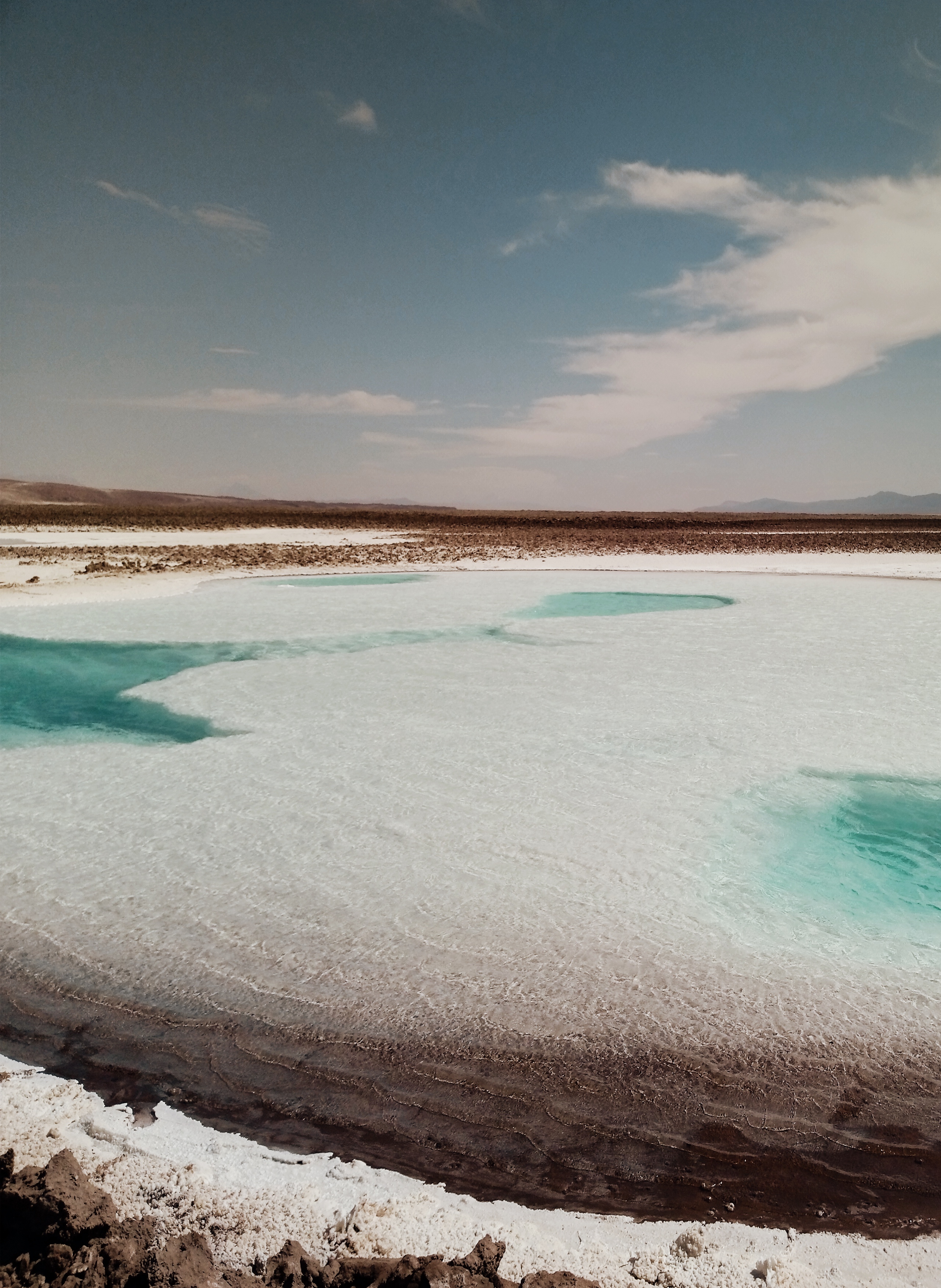
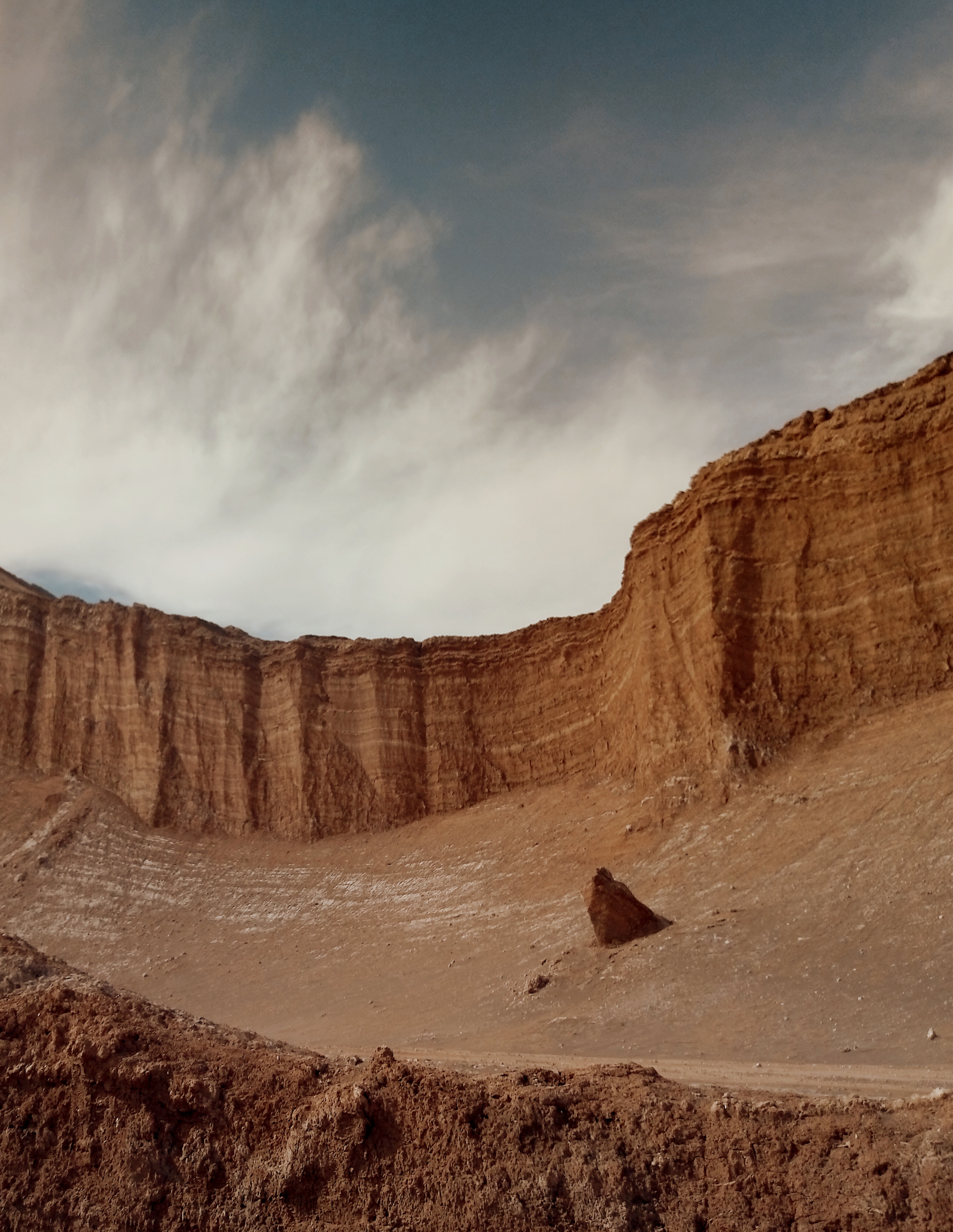
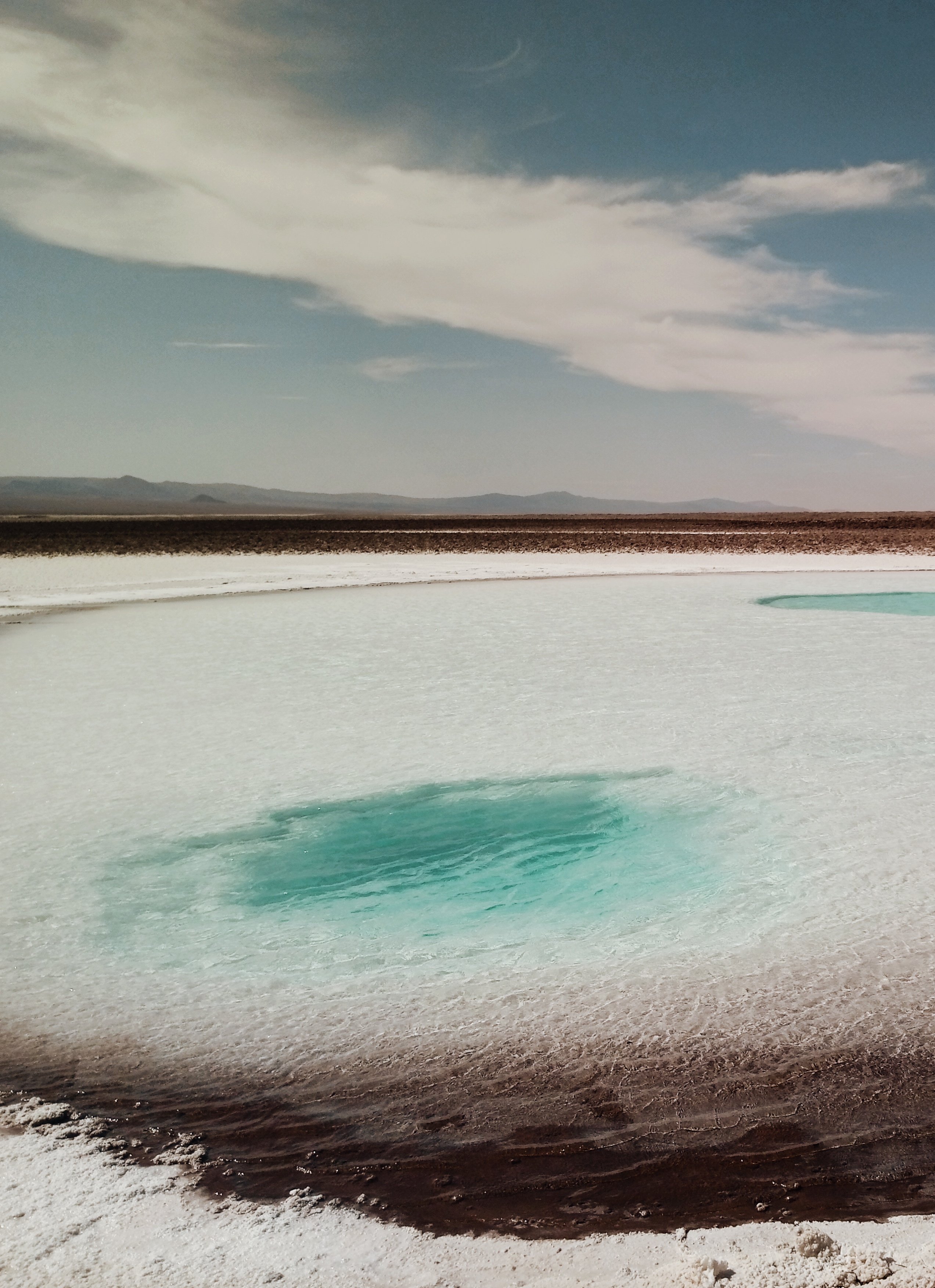
Sierra_Isometric

{1} – Its roof extends beyond the structure on both sides, providing protection from direct sunlight hitting the walls. It creates a shaded zone that prevents the walls from heating up during the day and releasing this heat at night. The roof can also be folded back on itself. {2} – A gap has been created between the roof and the walls to allow better air circulation. Through convection, rising heat can easily escape, ensuring a comfortable temperature inside the walls. {3} – In addition to being insulated, the walls are doubled with a second layer that conceals storage spaces. This creates an extra thickness that heat must cross before reaching the interior, thereby improving thermal comfort. {4} – The tiny house should be oriented according to the sun’s path so that the terrace remains in the shade, making it possible to enjoy outdoor living during part of the day. The orientation may differ depending on the configuration of the tiny house: standing alone or combined with another.
Interior Design
Sierra Tiny House
2022

